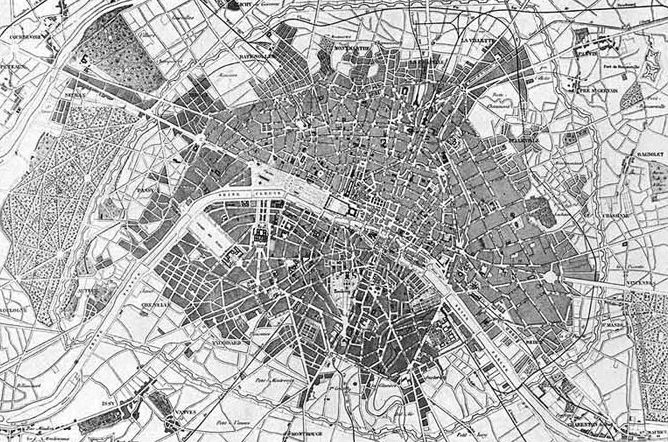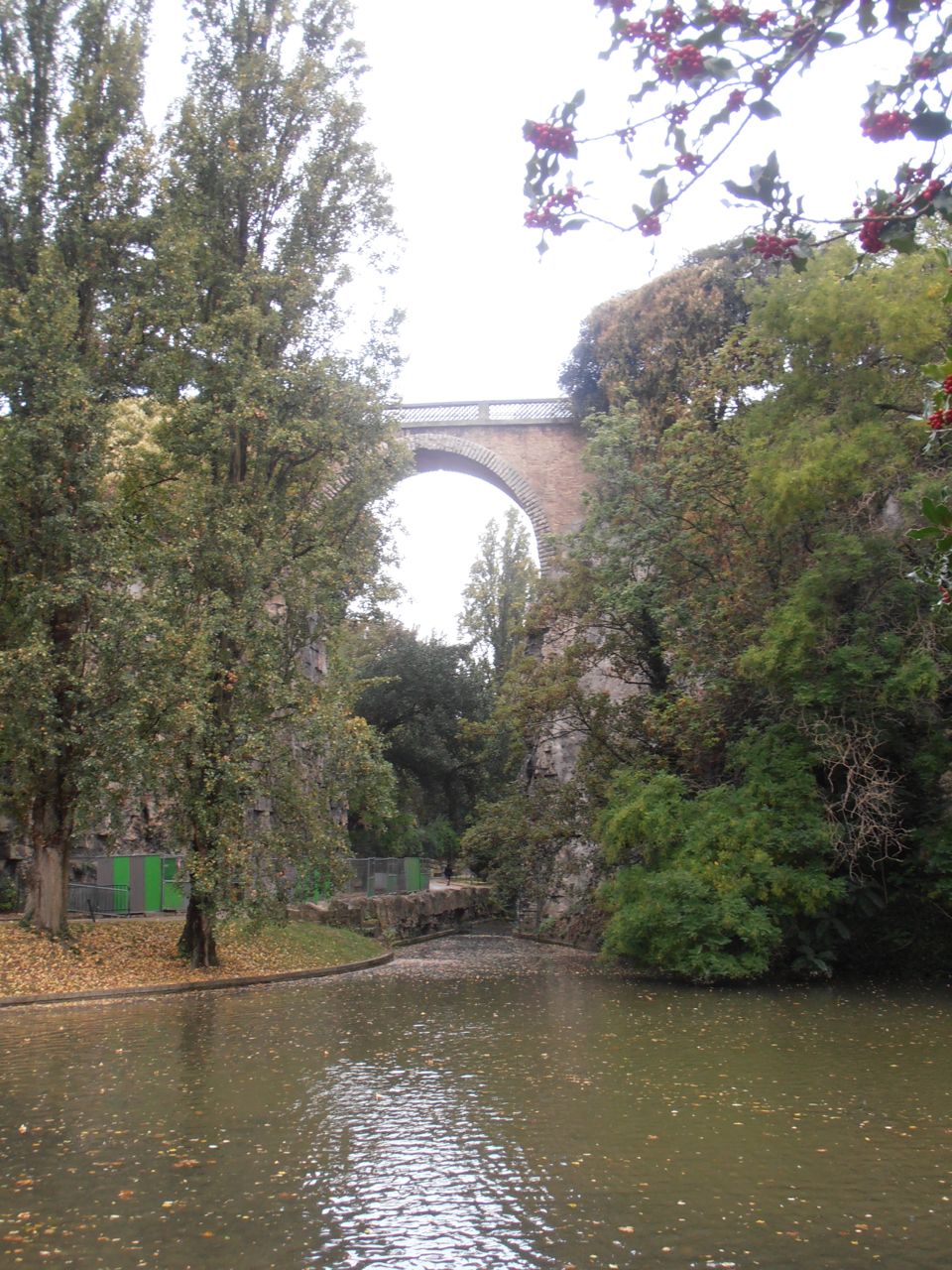To accompany the reading of Paris Reborn, this annotated map shows the location of the streets, squares, parks and buildings created during the Second Empire transformation of Paris (1848-1870). Click on any item for more information or zoom for a better view. If you click through to the Google Maps page you can also scroll down the left to see the list of places.
View Paris Reborn in a larger map






